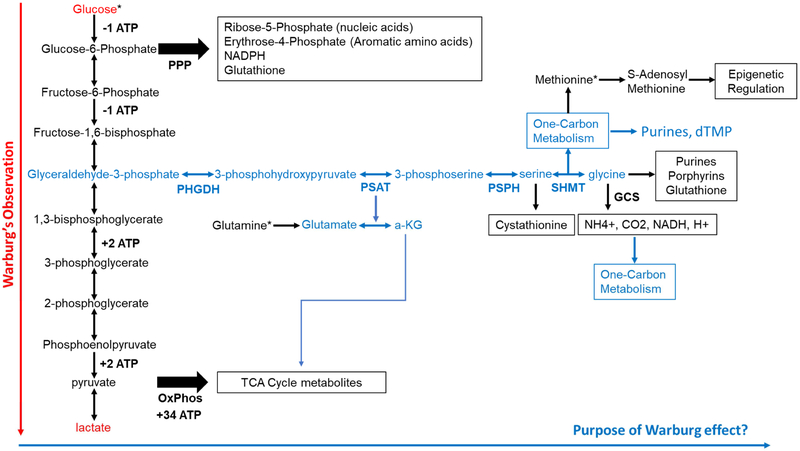Figure 1. Glucose metabolism, energy production, and its importance in DNA replication and epigenetic homeostasis.
Glucose is metabolized to pyruvate which can serve as a substrate for oxidative phosphorylation. It can also be converted from there to lactate to maintain flux through glycolysis. This underlies the Warburg effect (red/red arrow). However, glucose metabolism is much more complex and serves many other purposes other than production of precursors for aerobic respiration, including the pentose phosphate pathway (PPP) and de novo serine synthesis which connects glycolysis to nucleic acid synthesis as well as one carbon metabolism (blue/blue arrow). The synthesis of serine and glycine can also branch into other pathways such as production of cystathionine, which will make cysteine, and glycine is a substrate for heme, glutathione, and purines. Glycine can also be degraded using the glycine cleavage system (GCS) to produce carbon units. An additional product of this pathway is alpha-ketoglutarate (a-KG) which can feed into the citric acid cycle. (*) Represent metabolites that show preferential accumulation in tumors by positron emission tomography scan.

